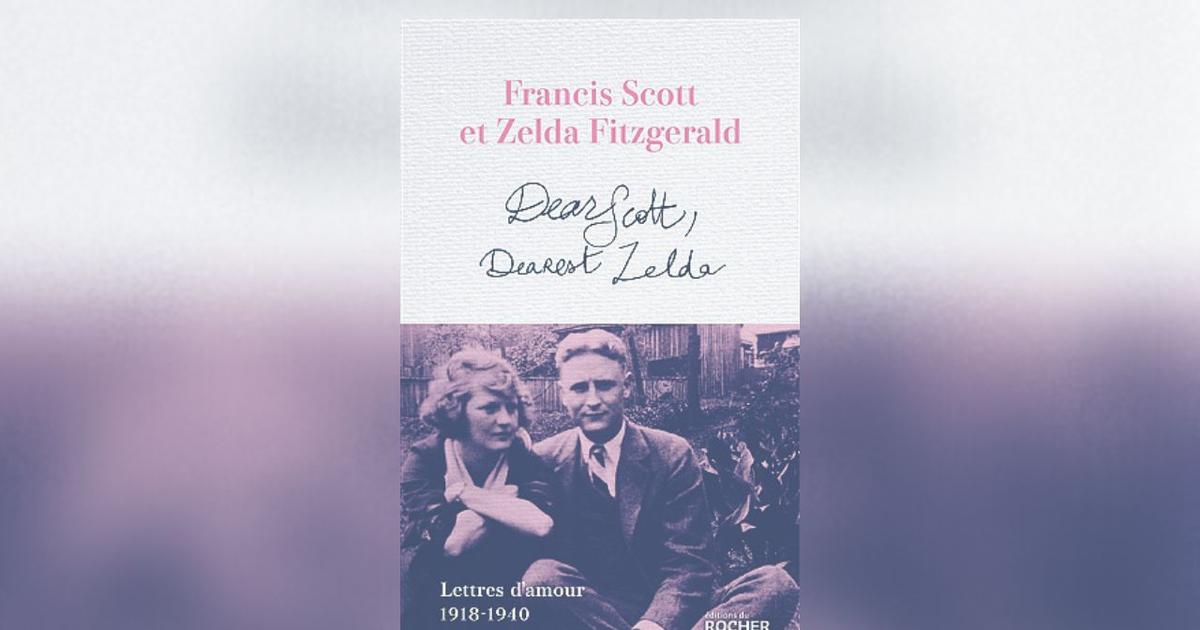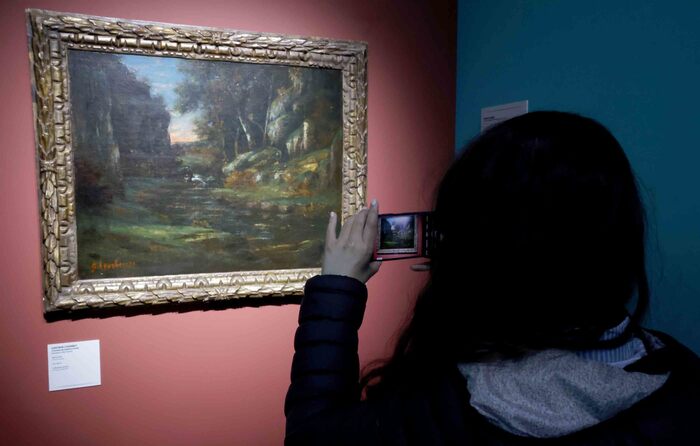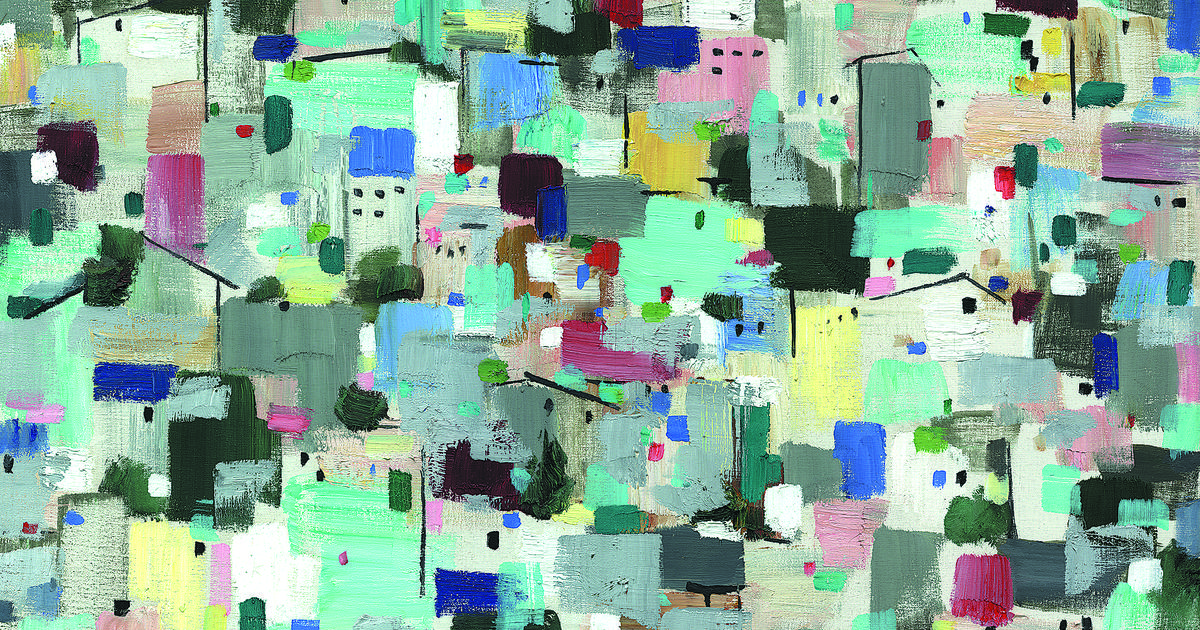In 1945, when he was already in exile in Buenos Aires, the Galician doctor, writer, politician and visual artist
Alfonso Daniel Rodríguez Castelao
painted a painting.
He didn't know it then, but that oil on canvas would have the capacity to
capture the most horrifying
of each future era to continue denouncing the nonsense of
political violence
.
A derradeira leicion do mestre, in the city of Buenos Aires.
Castelao knew well the nature of
ideological hatred
.
He was a deputy in the Cortes of the
Second Republic
and had to escape from his country because the shadow of
execution
weighed on him .
From
exile
, he was part of the republican government that did not give up and continued to fight from outside Spain.
That battle faded away and it is known that the dictator Francisco Franco would still govern for many more decades without being bothered by the European or American democratic nations.
But Castelao never stopped
denouncing the horror.
In Buenos Aires, then, in 1945, he painted an oil entitled "A derradeira leición do mestre" (The Master's Final Lesson).
The motif was not original: he himself had drawn it in one of the ten prints of his book
Galicia mártir
, in which he portrays the
brutality of fascism
with pieces of great expressive depth.
In number six of these illustrations, the foreshortened body of the
teacher shot in a ditch
is watched painfully by two of his little students.
Specialists have written a lot about religious references, Catholic imagery and the representation of the mourner.
Those who have stopped before it speak about the
gale
that the painting unleashes in the soul.
Other Gernika
The writer
Manuel Rivas
defined it as the Galician Gernika and says that the room in which it is exhibited, on Bartolomé Miter street at 2500 in the city of Buenos Aires, is
"a sacred place"
.
Although Castelao used this oil painting to denounce the murder of his friend, the intellectual
Alexandre Bóveda
,
shot
just hours after the coup d'état on August 17, 1936, it is impossible to escape the explosion of references that the painting provokes.
The print "A derradeira leición do mestre" (The final lesson of the teacher) from the book Galicia martyr, by Castelao.
There is the barbarism of the war in
Ukrainian territory
, which has already caused the death of 280,000 soldiers and 30,000 civilians.
There is the madness of
hate crimes in France
with hundreds of deaths (448 until the year 2020);
or the
black people beaten to death
in the United States (1,646 people shot by the police only since the murder of George Floyd).
If we look closely, the oil can represent a father who drowned
when
trying to cross the
Mediterranean
(in 2021 alone, more than 3,000 people died in those waters) and also the victim of various tortures in countries with
theocracies
.
That, just that, is the power of this painting: no matter how much the world has changed since 1945, it continues to speak of
the most rigorous news.
look too
They, the indecent women
look too
Simple ideas and fanaticism
look too
Mariana Enriquez and that known terror












/cloudfront-eu-central-1.images.arcpublishing.com/prisa/KMEYMJKESBAZBE4MRBAM4TGHIQ.jpg)


